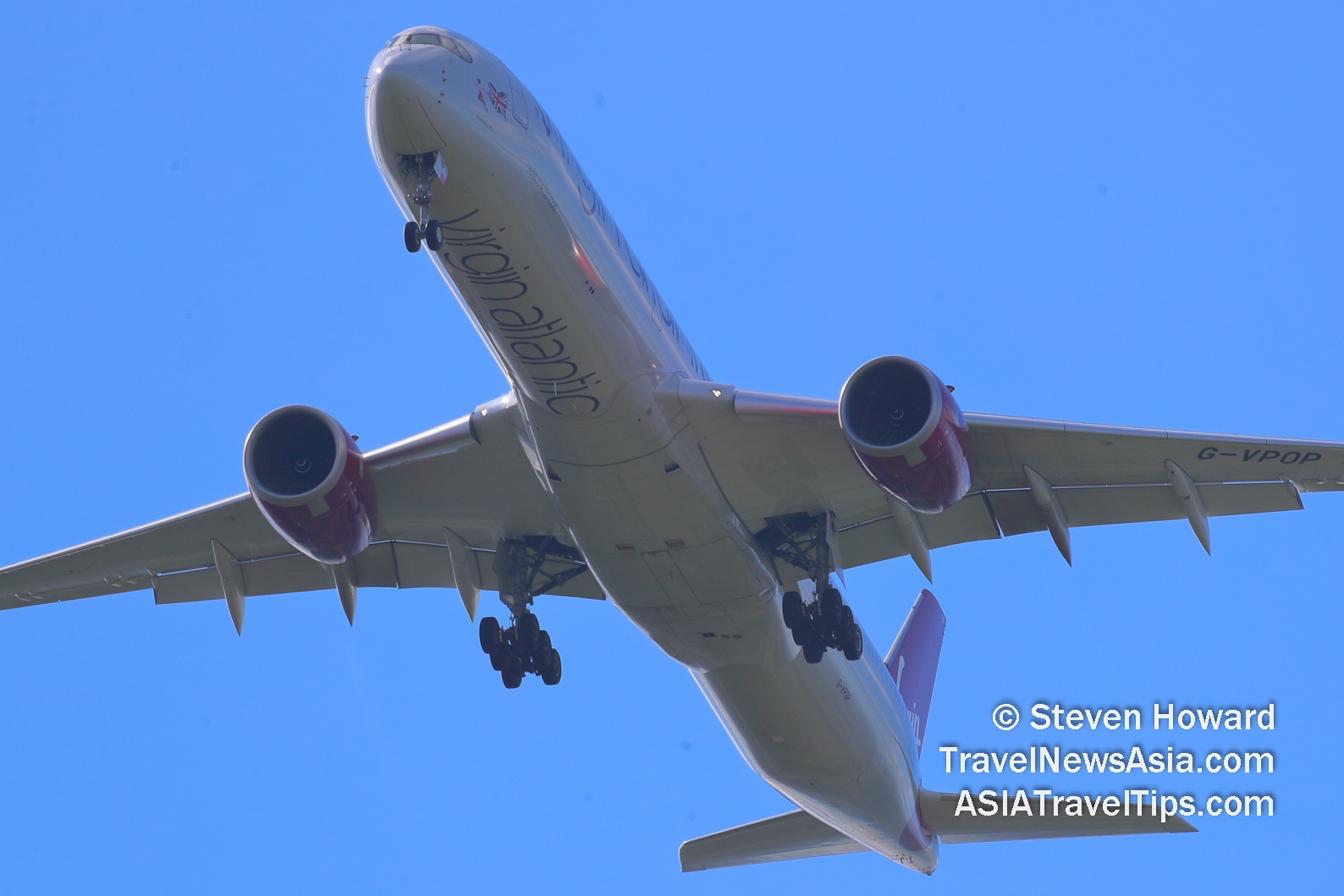|
IATA's data for April 2021 shows that demand for air
travel, measured in revenue passenger kilometers (RPKs), was down
65.4% when compared to April 2019.
Despite the decline it is still an improvement on the 66.9%
drop
recorded in March 2021 versus March 2019. The better performance
was driven by gains in most domestic markets.
International passenger demand in April was 87.3%
below April 2019, little changed from the 87.8% decline recorded
in March 2021 versus two years ago.
Total domestic demand was down 25.7% versus
pre-crisis levels (April 2019), much improved over March 2021,
when domestic traffic was down 31.6% versus the 2019 period.

As
with March, all markets except Brazil and India showed improvement
in domestic demand when compared to March 2021, with both China and Russia reporting
traffic growth compared to pre-COVID-19 levels.
�The continuing strong recovery in domestic
markets tells us that when people are given the freedom to fly,
they take advantage of it. Unfortunately, that freedom still does
not exist in most international markets. When it does, I�m confident we will see a similar resurgence in demand,� said Willie
Walsh, IATA�s Director General.
Asia-Pacific airlines� April international traffic was down 94.4%
compared to April 2019, incrementally improved compared to the
94.9% decline registered in March 2021 versus March 2019. The
region experienced the steepest traffic declines for a
ninth consecutive month. Capacity was down 86.3% and the load
factor sank 47.7 percentage points to 33.5%, the lowest among
regions.
European carriers saw an 87.7% decline in
traffic in April versus April 2019, barely changed from the 88.2%
decline in March compared to the same month in 2019. Capacity fell
78.2% and load factor dropped 37.3 percentage points to 48.4%.
Middle Eastern airlines posted an 82.9% demand drop in
April compared to April 2019, which was weaker than the 81.6%
decline in March, versus the same month in 2019. Capacity declined
65.3%, and load factor fell 41.1 percentage points to 39.6%.
North American carriers� April demand fell 77.9%
compared to the 2019 period, an improvement over the 80.9% decline
in March versus two years ago. Capacity sagged 59.3%, and load
factor dropped 37.8 percentage points to 45.0%.
Latin American airlines experienced an 81.1% demand drop in April,
compared to the same month in 2019, slightly bettering the 82.1%
decline in March compared to March 2019. April capacity was down
75.8% and load factor dropped 18.0 percentage points to 64.6%,
which was the highest load factor among the regions for a seventh
straight month.
African airlines� traffic fell
78.3% in April versus April two years ago, marking a significant
deterioration compared to a 73.7% decline recorded in March
compared to March 2019. April capacity contracted 64.0% versus
April 2019, and load factor fell 29.1 percentage points to 43.9%.
Domestic Passenger Markets
China�s domestic traffic returned to
pre-crisis levels of growth, with demand up 6.8% in April compared
to April 2019. In March demand was flat compared to the same month
two years ago.
US domestic traffic declined 34.9%
in April versus the same month in 2019, much improved from the
43.9% decline in March compared to two years ago. The US domestic
market is expected to make a full recovery by the end of this year
or early 2022.
�As we enter
the peak summer travel season in the Northern Hemisphere, we know
that many people want to enjoy their freedom to travel. But for
that to happen safely and efficiently amid the COVID19 crisis, a
more targeted approach is needed. Most government policies today
default to the closing of borders. After a year-and-a-half of
COVID19 there is sufficient data for governments to manage the
risks of COVID19 without blanket travel bans,� said Walsh.
�We
have, for example, strong indications from the US Centers for
Disease Control and Prevention, the European Centre for Disease
Control and Prevention, the Robert Koch Institute and others that
vaccinated travelers pose very little risk to the local
population. And data show that pre-departure testing largely
removes the risk of unvaccinated travelers importing COVID. UK
data confirm that about 98% of arriving passengers detained by
universal quarantine orders left confinement with no signs of the
disease.
�Last week we teamed-up with Airbus and Boeing to
demonstrate potential methodologies to manage the risks of COVID19
to keep populations safe while restarting global connectivity.
Governments are naturally risk-averse, but successfully managing
risk is aviation�s bread and butter. With indications that COVID19
is becoming endemic, governments and industry must work together
to rebuild global connectivity while managing the associated
risks. Leadership by the G7 to move in this direction would be a
major step forward. Safely restoring travel freedom and
reconnecting countries will drive economic growth and job
creation,� Walsh added.
Because comparisons between 2021 and 2020 monthly
results are distorted by the extraordinary impact of COVID19,
unless otherwise noted all comparisons above are to April 2019,
which followed a normal demand pattern.
See also:
What is the IATA Travel Pass, and what does it mean for
travellers, airlines and the global travel industry? Exclusive
video interview with Vinoop Goel.
See latest
Travel Industry News,
Video
Interviews,
Podcasts
and other
news regarding:
IATA,
Demand,
RPKs,
Traffic.
|
Headlines: |
|
|
